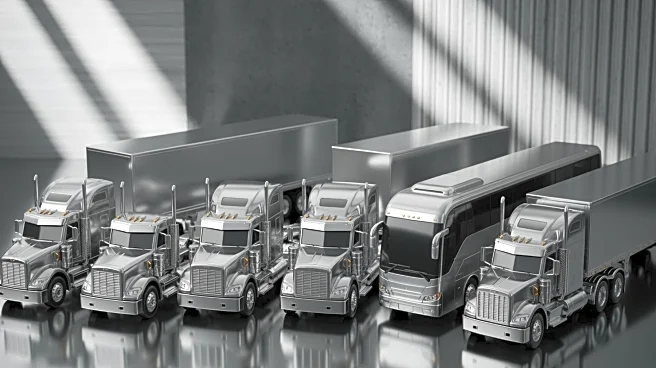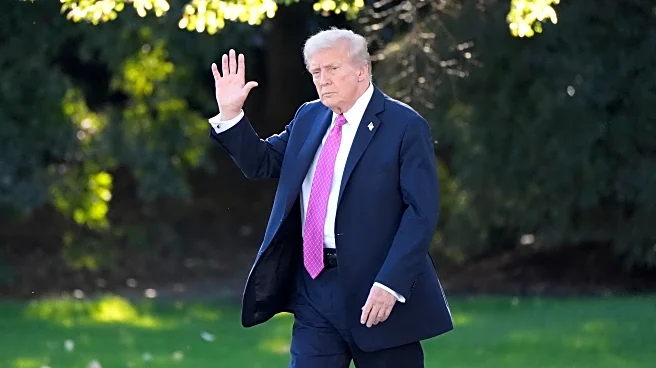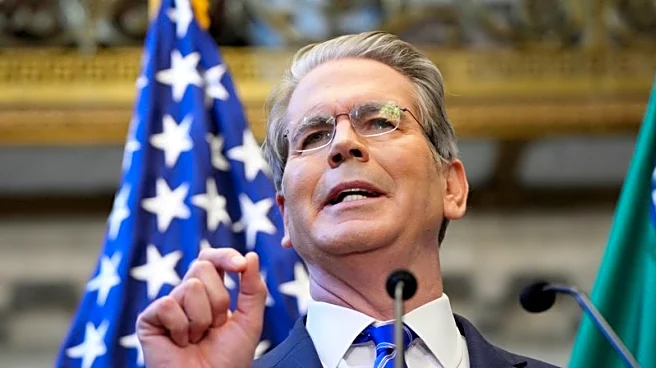What's Happening?
President Trump has enacted a 25% tariff on imported medium- and heavy-duty trucks and a 10% tariff on buses, effective November 1. This policy is designed to protect U.S. manufacturers from foreign competition
and promote domestic production. The tariffs were initially set for October 1 but were postponed. The U.S. Chamber of Commerce has expressed concerns, noting that major import sources are allied nations. Mexico, a significant exporter to the U.S., has seen a tripling of truck exports since 2019.
Why It's Important?
The tariffs are intended to strengthen the U.S. manufacturing sector by reducing foreign competition and encouraging local production. This move could lead to job creation and economic growth within the domestic auto industry. However, it may also lead to higher costs for consumers and potential trade tensions with key allies. The policy underscores the administration's focus on national security and economic independence, particularly in the automotive sector.
What's Next?
As the tariffs take effect, automakers will need to navigate the new economic environment, potentially adjusting their supply chains and production strategies. The U.S. may engage in diplomatic discussions with affected countries to address trade concerns. The impact on consumer prices and the broader economy will be closely watched, as stakeholders assess the long-term implications of the tariffs.













